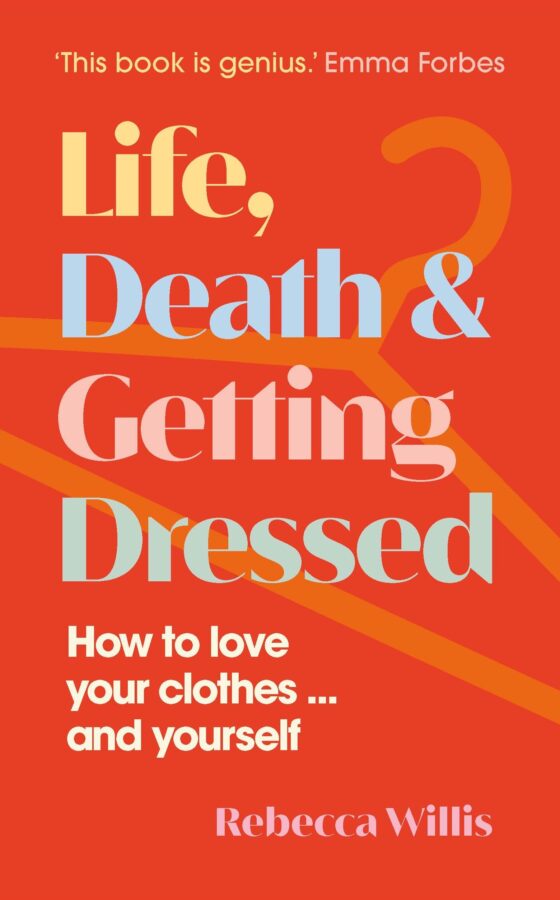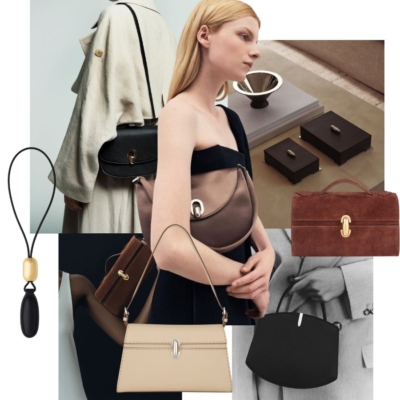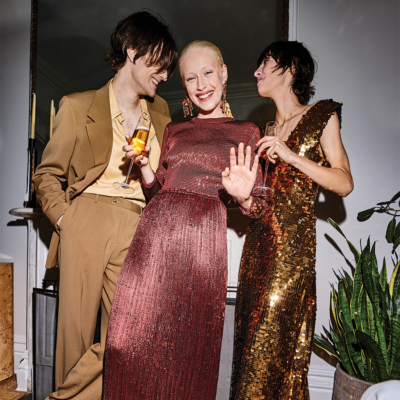Writer Rebecca Willis, a former editor at British Vogue, dreads the new season’s inevitable dose of nothing-to-wear-itis …
Full disclosure: I am not a fan of autumn. Some people love the crisper air and the sense that they’re getting in lane for the on-ramp to Christmas. But I resent putting away my straw basket, having to dig out my vests and the nights drawing in. “Sock Day”, as I have christened the day when it’s no longer possible to go around barefoot, should in my opinion be one of national mourning.
Lots of us still get that morose, back-to-school feeling at this time of year. The return to wearing a scratchy, stiff uniform symbolised so eloquently the end of the golden freedoms of holidays. But when we are older something else happens too: the uniform has changed, but no one has told you. You open the wardrobe to find that the clothes you wore last winter don’t look quite right any more …
The feeling of having nothing to wear – which I’ve literally written a book on – is a year-round issue for women, but it is particularly acute at this time of year. Not just because we’ve forgotten which top we wore with which trousers and which boots gave us blisters, but because it is absolutely crucial for the fashion industry as it tries to sell us new autumn-winter looks. It’s important for retailers because we spend more on winter clothes (at least in these temperate zones where we have what are defensively called “proper seasons”) and we tend to have more of them, not least in order to keep warm. Plus, when it comes to raw materials, cashmere is more expensive than cotton, with corresponding profit margins.
“In the moment of transition that the new season brings, we are ridiculously easy prey for the fashion industry.”
The change of season makes us falter sartorially and, as we trip, there – as if by magic – are clothes ready to catch us. It’s not a coincidence that the biggest-ever issues of Vogue magazine are released: the September 2012 issue of US Vogue weighed in at 2kg and had 916 pages (about the same as Anna Karenina). Nor that the 2009 film showing Anna Wintour and her team toiling over a hot light-box was called, and took as its subject, The September Issue.
Because the natural gear-change of the seasons intensifies the nothing-to-wear feeling, we are extra-vulnerable to commerce, which needs us to feel bad about ourselves to sell us new things. Whether fast or slow, fashion exploits survival instincts in us that are an inherent part of being human, and it’s helpful to know a bit about how that works before we rush to get our wallets out.
We are social animals whose survival chances are improved by living in groups, so our need to belong is highly developed. We don’t want to be left out or left behind because the state of not-belonging is a dangerous one, literally life-threatening. Fashion plays on this as it does on our in-built sense of aspiration. Human societies are hierarchical and, even in the so-called developed world today, socio-economic factors have a documented effect on health and longevity; clothes, especially new ones, are status symbols that can express where we are on the social ladder and reassure our brains that we’re doing OK. Also, in the same way that having a larder full of food used to help us get through the winter, so having plenty of clothes could improve our survival chances.
As if that weren’t enough, our brains are hyper-alert to novelty, because any change in our environment could be an existential threat. It is possible that there were very chilled cavemen and women, but theirs were not the genes that got passed on: they would have been eaten. We have inherited the genes of the most vigilant cavepersons, which is why our minds are primed to go where change is happening. And fashion, by definition, is always changing.
In this moment of transition, we are ridiculously easy prey for the industry. I don’t want to stop clothes being fun, but I would love us to keep in mind what is really going on when we turn to fashion to cure a serious bout of nothing-to-wear-itis. I wish we could become fashion-conscious in a new way – being aware of how trends work on our brains – rather than in the old sense of knowing what’s “in”.
Surely if we shop with our eyes wide open, understanding why we are so eager to “invest in” the latest winter coat, we will make better buys and fewer mistakes. We will spend on what we actually need and what really suits us … if only we can get our panicky survival instincts to calm down.

Life, Death & Getting Dressed, How To Love Your Clothes … and Yourself (New River) is out now.










